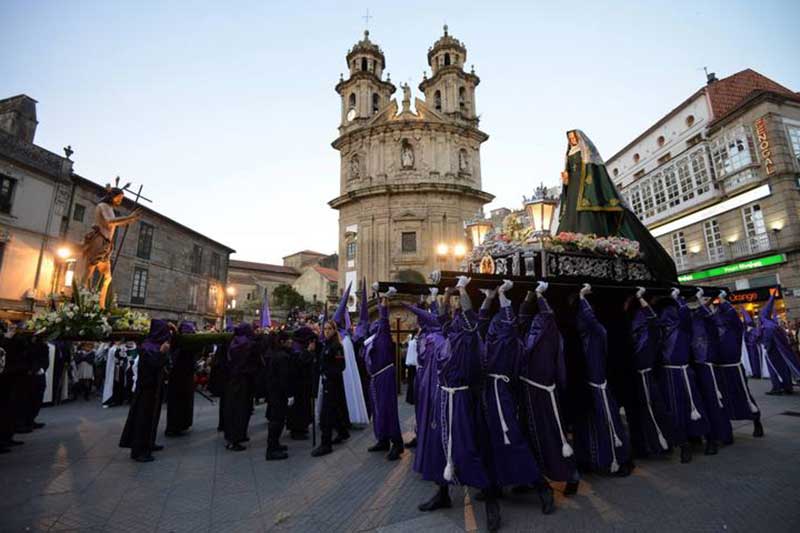– Supernatural Easter in Pontevedra is not that of Valladolid or Seville but, in spite of everything, I was surprised by the number of young people who took to the streets in an area of Spain where the outpouring of emotion is not exactly the usual gesture. As I watched the processions pass by, I thought about how many young people are capable of being moved by the beauty of a suffering Christ without this having a significant impact on our lives. Processions are not an invention of Christianity. polis already carried their gods on their shoulders. European man's admiration for the spectacle is in the genes, the opportunity to glimpse the supernatural reality of the religious symbol is in the soul. There is nothing more terribly beautiful than a dying God, ask Unamuno, Velázquez or Mel Gibson. But for a Christian, the death of Christ is not a spectacle, it is something that must be lived from within.
The wonder of processions lies not in their capacity to electrify the senses, but in the possibility that the tension of the senses can move the soul to share the cross of Christ. There are two fundamental perspectives in the Passion: that of the spectator and that of Simon of Cyrene. The spectator contemplates a scene that can provoke laughter, indifference, repulsion or admiration; he will always keep a distance from the beauty he contemplates, so that it will hardly have an impact on his life. Simon of Cyrene does not know how Christ's road to Calvary was, he could not paint it, nor describe it as so many artists have done; but he does know well the exact weight of that Cross, the burning of the splinters stuck in the flesh or the exhausted panting of Jesus. In the processions of Holy Week, in the classes at the University, with our friends or acquaintances we always adopt a role of the two previous ones, many times, letting our genes play a trick on us.








